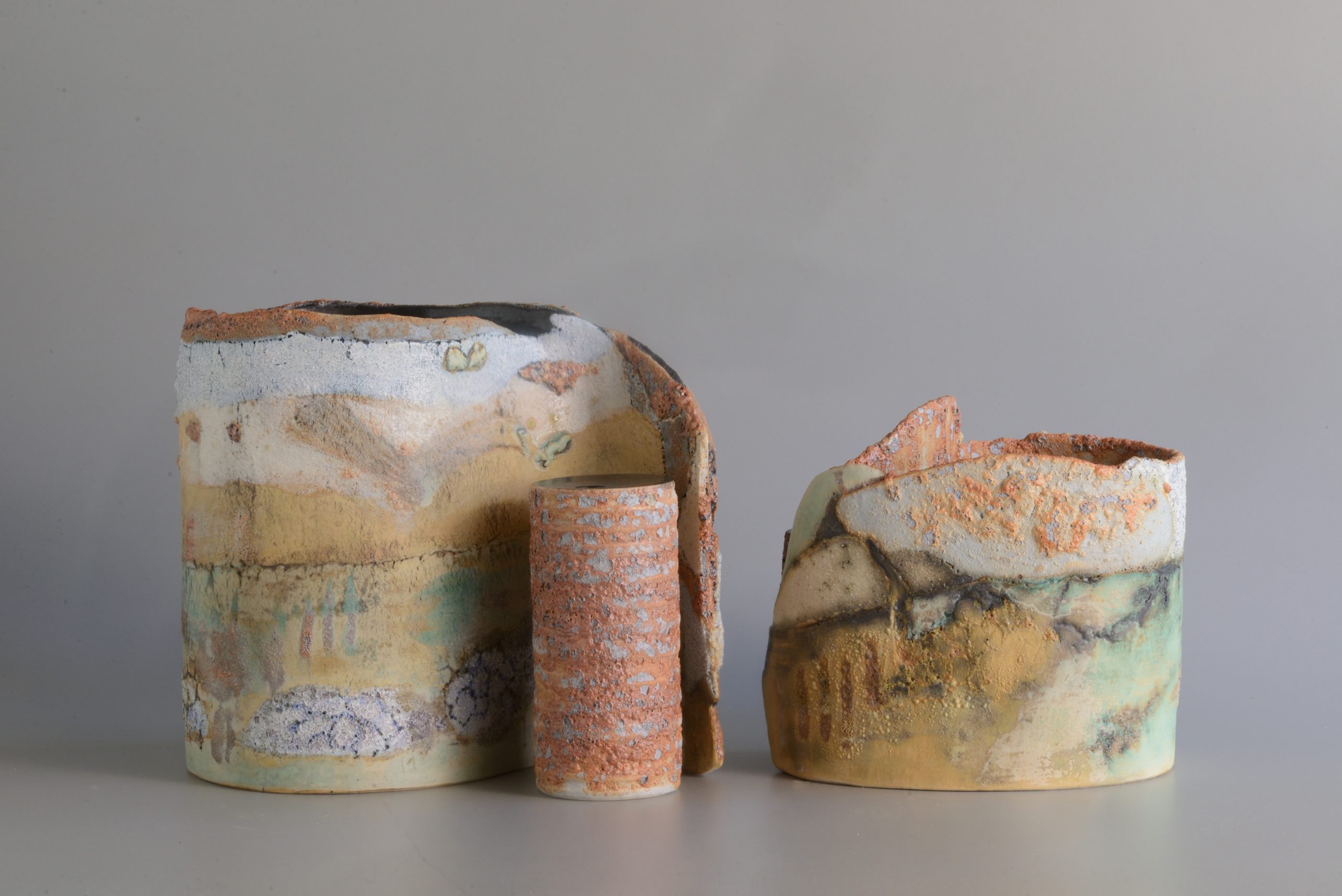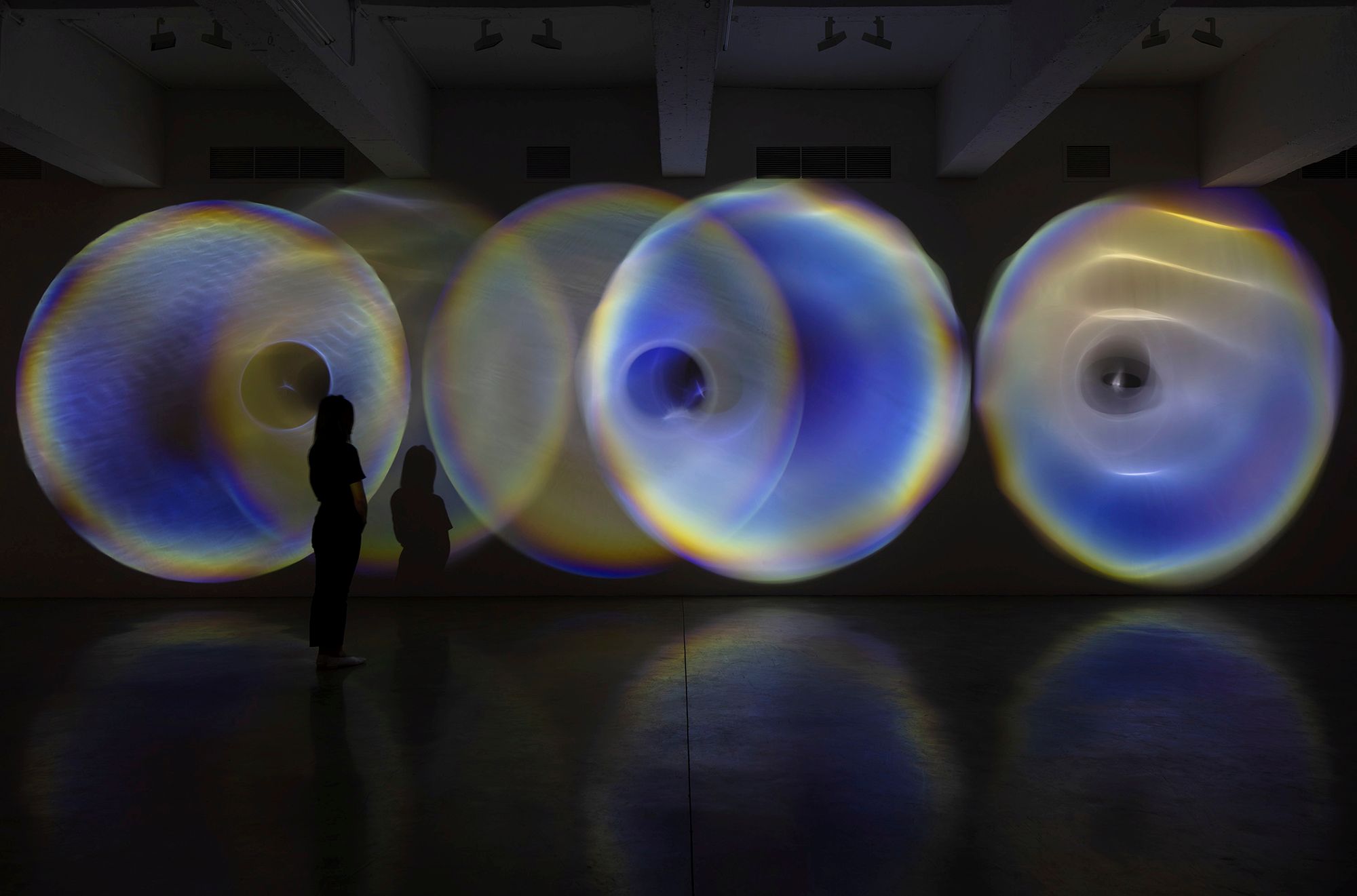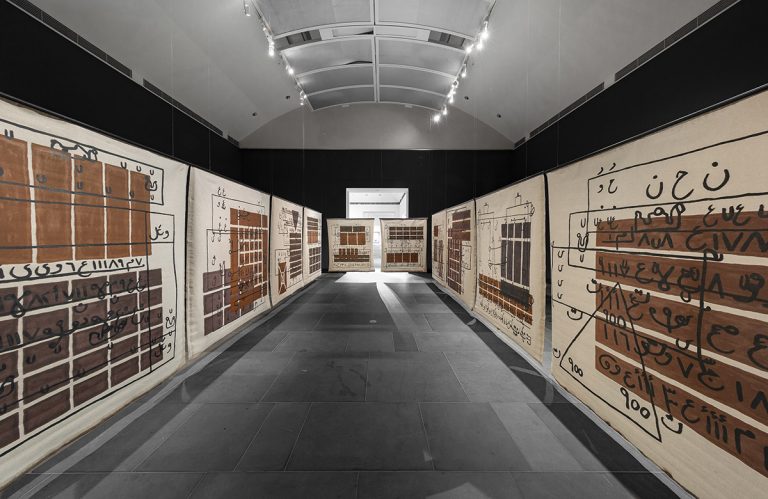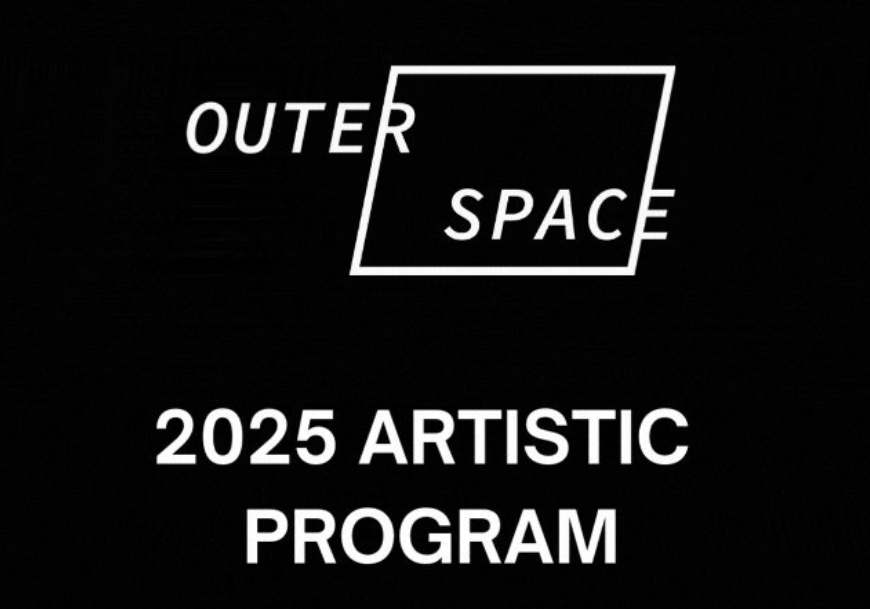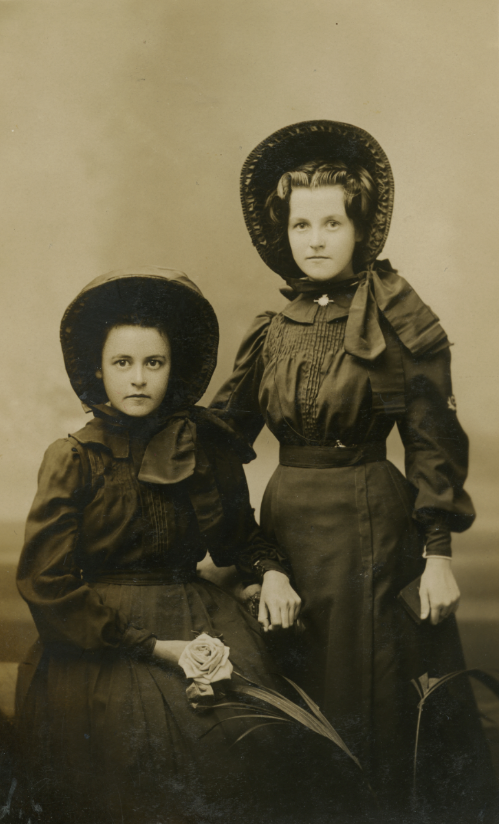
Sit. Pose. Snap. at Museum of Brisbane is an exhibition curated by Philip Manning consisting of photographs from the extensive collection of Marcel Safier, amassed over nearly four decades. Considering the enormity of the collection, some 40,000 images, the exhibition represents a relatively small scope, predominantly consisting of studio images made in Brisbane from 1850-1950. Displayed in a dynamically partitioned gallery space, the images, framed and matted thematically, explore the progression from particular 19th century Brisbane photographic studios and their outputs to more informal group shots and images outdoors, permitted by the availability, cost and physical practicality of the cameras that created them. The context of the exhibition illustrated a linear progression from exclusivity of the medium to a more democratic availability, and yet an almost full cycle in terms of the prominence of post production.
Despite its indexicality, even from the beginning photography could not be trusted to represent ‘the truth’. Representing and disseminating the truth has been adopted as a code of conduct in areas such as photojournalism, but is not inherently embedded in the medium 2. Both subtle and obvious choices by the photographer and the subject(s) including lighting, composition, choice of garments and pose all contribute to the final image being a constructed ‘version’ of reality. With this in mind, photography can be understood not as the ‘truth’ but as a ‘limit’ of time and vision 3. Far from the ethical considerations of photojournalism, however, the subjects of these early portrait images instead merely desired to present the best version of themselves. In exchange for a handsome fee, photography studios would do all that they could to idealise the subjects, whose image increasingly could be sent to friends and family members by mail. The time period outside the scope of the exhibition, 1950 – present, is a period where photography became accessible and readily available, therefore largely bypassing postproduction. It is only recently with the filters and effects of Snapchat and Instagram that postproduction is now widely used again. The main difference is that rather than being edited by a professional, choices of retouching are now made by the subject, who is also the author.
Several images in the exhibition clearly demonstrate photography’s ability to augment reality such as a small ‘ghost’ image and as Philip Manning, curator of the exhibition points out in one of his favourite images, the addition of snow in post production to a woman’s portrait. It is unknown why the snow was added to the image, perhaps a longing for a previous country of residence, although it is exactly this mystery that gives the image its magic and charm. The novelty of such effects have persisted over the decades, manifesting in images posed with humorous face cut-outs, CGI images at tourist attractions to more recent Snapchat effects which respond to the users facial features and movements, transforming them into various animals and characters.
While moments of humour and novelty punctuate the exhibition, the overall tone of the show is one of nostalgia. This is not only due to the serious expressions of those it captures (due to long expose times, smiles were too risky) but also due to photography’s position as an updated version of the Dutch still life tradition, memento mori. Due to its indexicality, photography (more literally than painting) captures images of time passing. The nostalgic nature of photography has been most extensively explored by French critical theorist Roland Barthes (1915-1980), who noted that even photography itself is temporal, with creases, fading and yellowing representing the images finite lifespan 1.
Another contribution of Barthes’s which manifests in Sit.Pose.Snap. is his formulation of the studium and the punctum. According to Barthes, the studium is a cultural, general and polite interest one has in a photograph, such as the appearance of sitter or the details of the location etc. The punctum is a more intense, subjective interest in an image, a moment which fascinates a viewer without particularly knowing how or why. He states, “a “detail” attracts me. I feel that its mere presence changes my reading, that I am looking at a new photograph, marked in my eyes with a higher value”1. Navigating the visually eclectic exhibition, these punctum emerge over a period of slow and consistent looking and reading. Subsequent visits are further rewarded, and magnifying sheets provided by the museum bring one closer to small, often strange details of the carte de visites.
Sit.Pose.Snap. is a fascinating survey of a distant century of Brisbane studio photography. What the exhibition illustrates is how some aspects of photography have changed forever (its technology), how some aspects have never changed (the desire to present the best version of oneself) and how some aspects have only recently completed a full loop (the prominence of post production). At a time where photography is visible to the point of invisibility, Sit.Pose.Snap. offers a quiet and informative moment of reflection.
Written by Aaron Butt
1 Barthes, Roland. 1981. Camera Lucida: Reflections on Photography. Canada: Harper Collins Canada Ltd.
2 Grundberg, Andy. 2012. “The Look of Truth.” Art in America 1 (3): 67–70.
3 Sentilles, Sarah. 2014. “The Photograph Not as Proof but as Limit” In Ethics and the Arts, edited by Paul Macneill, 47-56. London and New York: Springer.
Image: Two Salvation Army girls Thomas Mathewson Co. Postcard, 1910 -1915, courtesy of Marcel Safier’s collection.
Essay written for the exhibition ‘Sit. Pose. Snap. Brisbane Portrait Photography 1850 – 1950’ showing at Museum of Brisbane (24th March – 30th July, 2017).

